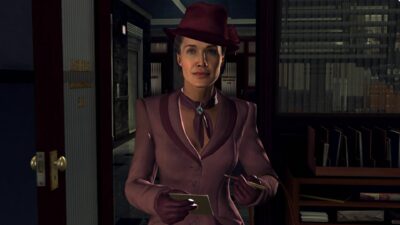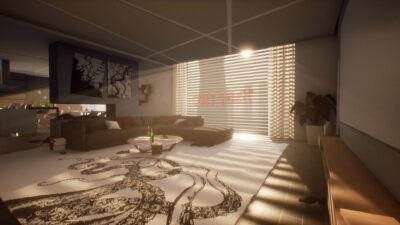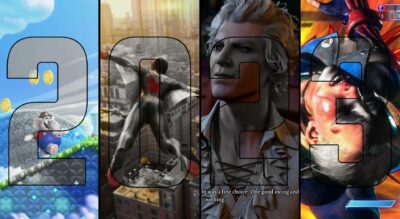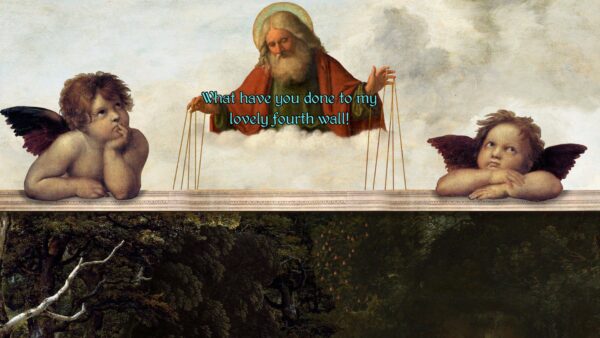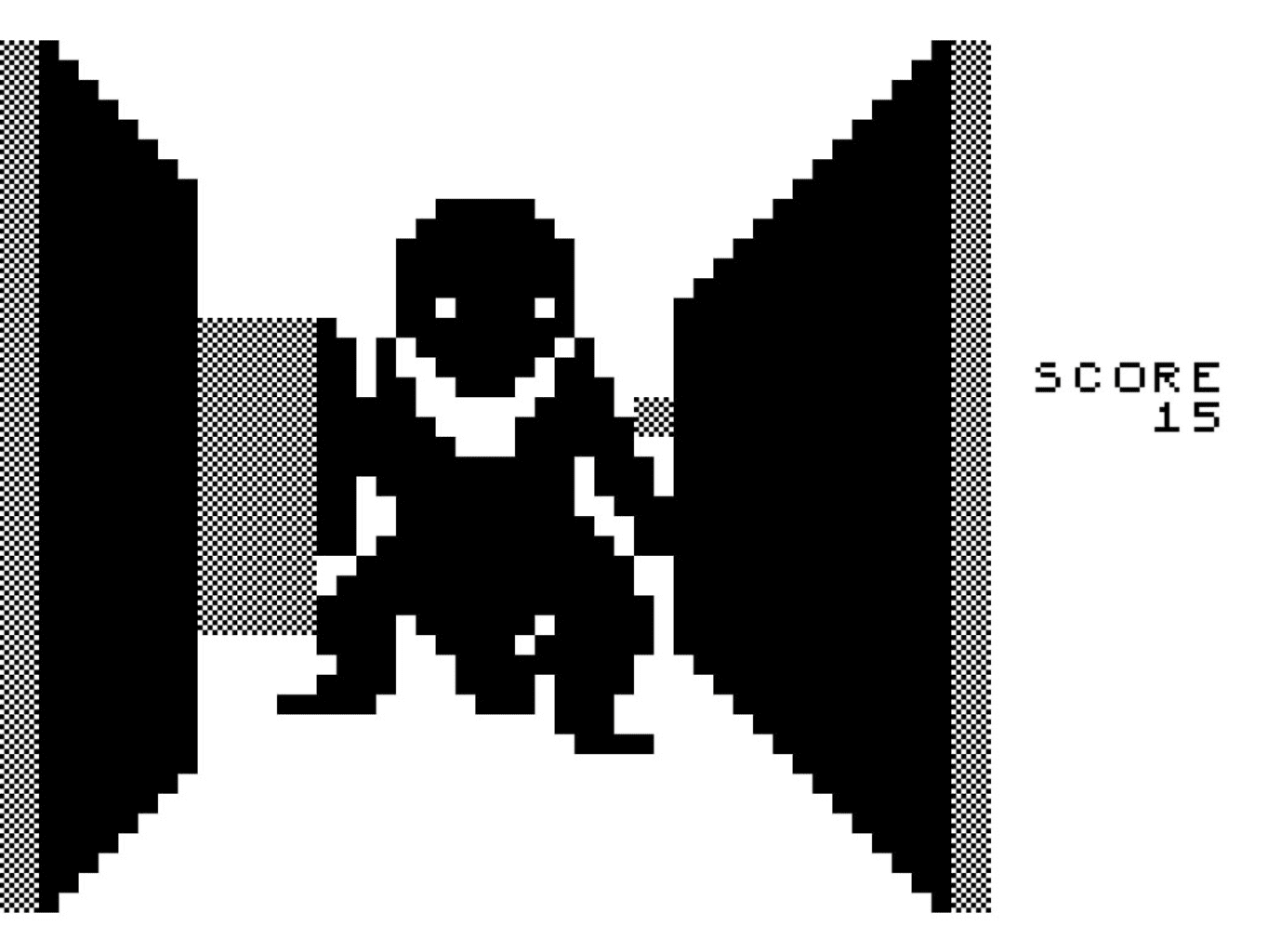
Survival horror: Mr Biffo explores its origins and evolution, from the Atari 2600’s Haunted House to Resident Evil…
Have I ever been scared by a game? It’s hard to say. Alien: Isolation stressed me out, but I can’t say I was ever scared by it. I mostly just got wound up that I appeared to have wasted money on a hide-under-the-desks simulator. I was worried about the fate of Joel in The Last of Us, to the point I gasped out loud when (spoilers) he fell off that balcony in the hospital. However, I can’t even think of a moment when I might’ve jumped, even with all those lurking fungus people. Heck, I was so nauseous for most of my time playing Resident Evil VII in VR that I focused mainly on trying not to barf, and wouldn’t have cared if a large bat had flapped through my living room window and begun chewing on my neck. Frankly, it would’ve felt like sweet release.
The first game to pay a nod to the horror genre was Haunted House on the Magnavox Odyssey. Via a rather attractive overlay placed on your TV screen, one player controlled a ‘detective’ (represented by a dot – a ‘dotective’, perhaps) as they wandered through the titular home searching for clues. A second player adopted the role of the resident ghost, and before the game began would hide in one of the clue boxes while the detective player kept their real-life eyes closed.
Atari also released a game called Haunted House on the VCS, which, despite the title, had little to do with its forebear, barring a similar setting. Unlike the weird board game mash-up of the Magnavox game, Atari’s title had a lot more in common with what became the survival horror genre. It still had all the typical quirks of an early video game; however, the player’s character was nothing more than a pair of wandering eyes, and had to search the haunted mansion for fragments of its former owner’s urn. The objects in the house could only be seen when the player ‘lit a match’ by pressing the fire button, which gave the game its tension (much like the flickering torches in the horror games of the modern era). The sudden appearance of a ghost, spider, or bat would snuff out the match.

Its influence could be felt directly on Ultimate Play The Game’s later Atic Atac, although Haunted House’s game map scrolled – something of a rarity for the time – rather than being a series of static screens.
It begins
Horror as a genre began in written form, so it’s no great surprise that its first early gaming success might’ve been Sierra On-Line’s Mystery House, arguably the first graphic adventure. The legendary Roberta Williams wrote the story initially, with programming from her husband Ken, as a hobby project. Its success took the Williamses by surprise when it sold to 80,000 Apple II owners in 1980 (and was doubtless ‘shared’ to countless more). In fact, its cultural impact was such that Tom Hanks could be seen playing it in the movie Big. Its horror credentials become even more grisly when you consider the 1982 remake by Japanese company StarCraft, which featured realistic blood.
What set Mystery House apart from previous horror games was that it featured murder rather than a supernatural threat. It fully embraced the tropes of the serial killer genre, with a bunch of characters splitting up at the start to search for a treasure, before being picked off one by one. It was clunky, and not particularly pretty, but Mystery House was a masterpiece in creeping tension.

In fact, its stripped-back interface and visuals almost worked in its favour. One of the key elements of any successful horror is the steady build of anxiety, a less-is-more approach. A more modern game might go all out to impress with flashy graphical effects. In Mystery House, the simple graphics and basic phrasing serve as shadows in which anything could be lurking.
Vintage survival horror
For those of us of a certain vintage, 1981’s 3D Monster Maze achieved a similar feat on the ZX81. Players explored a randomly generated maze while being stalked by a T-rex. Stress levels were exacerbated by on-screen prompts along the lines of “Rex has seen you” and “Run, he is behind you”. As with Mystery House, the crude visuals seemed to work in favour of its atmosphere. Many of you will appreciate that what developer Malcolm Evans managed to eke out of such basic hardware remains one of the most impressive feats of programming in gaming history.
I would argue that the more complex and visually interesting games became, the more they seemed to focus on impressing with aesthetics rather than tension. For much of the eighties, horror games concentrated on action (Castlevania) or comedy (Maniac Mansion) over true scares. For my money, it wasn’t really until 1992’s Alone in the Dark that games rediscovered the balance between the two, and the modern era of survival horror began.
Though crude by today’s standards, Alone in the Dark remains an influence on the survival horror genre. Although Resident Evil borrowed heavily from Capcom’s own top-down horror RPG, 1989’s Sweet Home (RE even began development as a remake of that game), the debt owed to Alone in the Dark by Resident Evil is undeniable, from the carefully chosen camera angles, to the creaking floorboards, to the sudden appearance of monsters. Alone in the Dark understood that there’s nothing scarier than being, well, alone… and waiting. And waiting… It was a steady drip of fear, with enough jumps to ensure the space between the scares was barely tolerable.
And there we have it: yes, Alone in the Dark made me jump. I remember it now, walking into a bedroom having been lulled by a long period of not-very-much happening, and a thing appearing suddenly. I swore. I panicked. I fumbled with the controls. And I legged it out of there while I gathered myself, and laughed at myself for being such an idiot.
Read more: Resident Evil | How save rooms relieved the stresses of survival horror


